54 items, Page 5 of 6
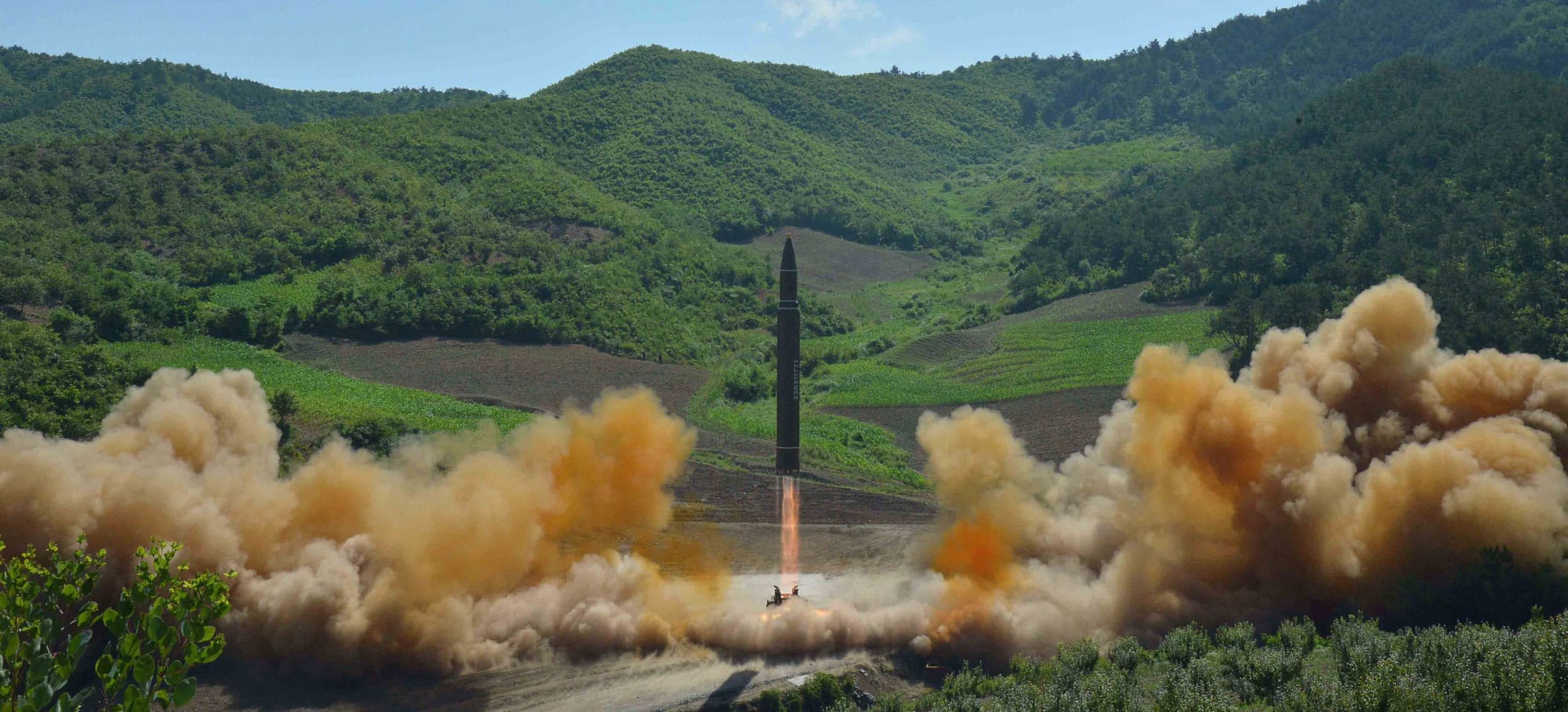
July 6, 2017
North Korea conducted a flight test of an intercontinental ballistic missile (ICBM) that it has designated the Hwasong-14. During the July 3 test, the Hwasong-14 traveled for around 40 minutes before landing in the Sea of Japan, inside Japan’s exclusive economic zone...
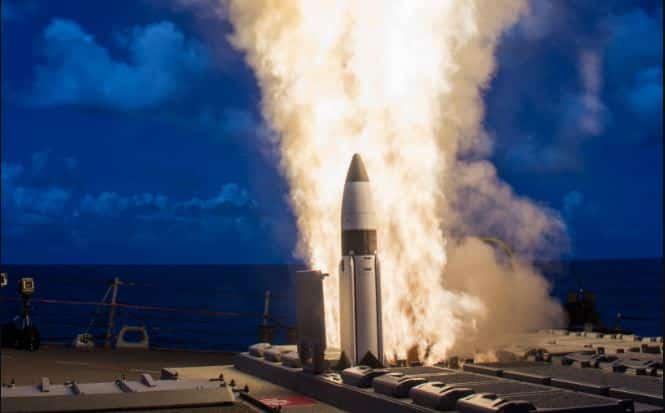
June 22, 2017
The Missile Defense Agency yesterday conducted an intercept test of the Standard Missile-3 Block IIA (SM-3 IIA), a relatively new interceptor designed for use in the Aegis Ballistic Missile Defense (BMD) program. Something appears to have gone wrong, however, and the interceptor did not destroy its target. The type or cause of failure is not yet known, nor will it likely be known for some time.
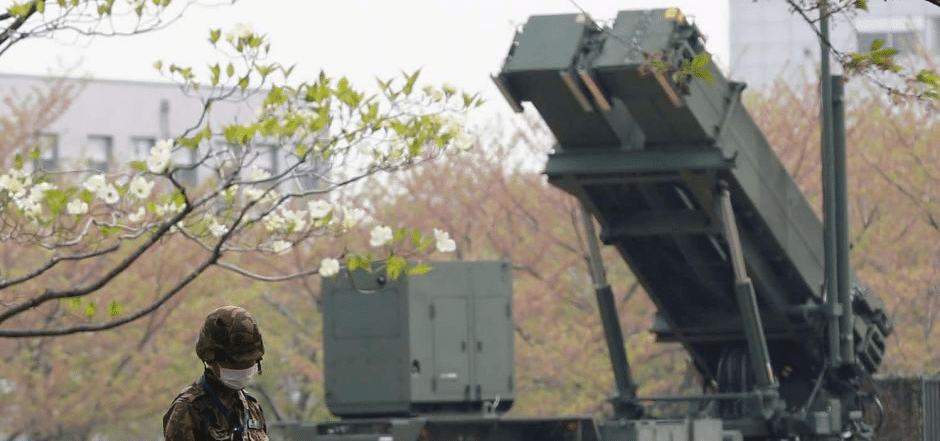
May 31, 2017
Missile threats facing both the United States and its allies in the Asia-Pacific are increasing in complexity, number, and source. In response, the Trump administration is using missile defenses to boost military capability and signal resolve, as indicated by the deployment of THAAD to South Korea...
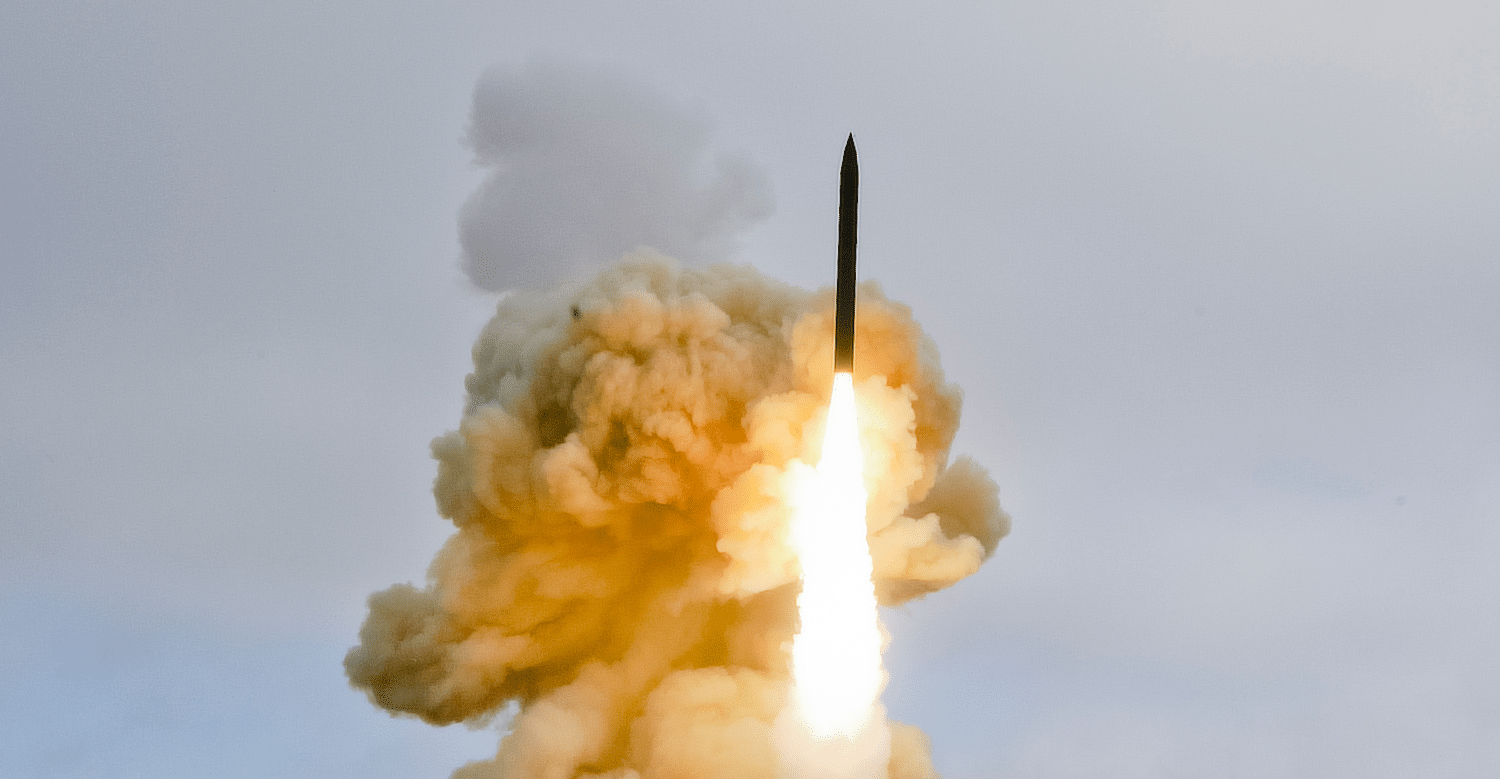
May 30, 2017
This is a good day for homeland missile defense, and a bad day for Kim Jong-un. Hit-to-kill missile defense has once again been validated, this time against a complex and challenging ICBM-class threat. The Missile Defense Agency has been on a long road to improving the reliability and capability of the Ground-based Midcourse Defense (GMD) program...

May 24, 2017
The Trump Administration’s proposed FY2018 budget for the Missile Defense Agency was released yesterday with a topline request of $7.9 billion. The amount represents $380 million more than the budget submitted by the Obama administration in FY 2017, a five percent increase, and $471 million more than the projected 2018 budget from last year’s Future...
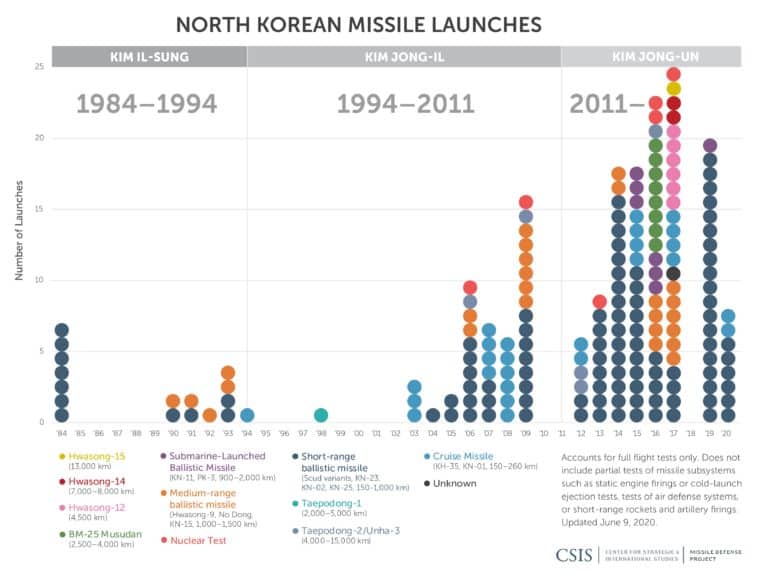
April 20, 2017
The following database provides a chronology of North Korea missile launches and nuclear detonations, also reflected in the graphics above. These entries include full flight tests of ballistic and cruise missiles...
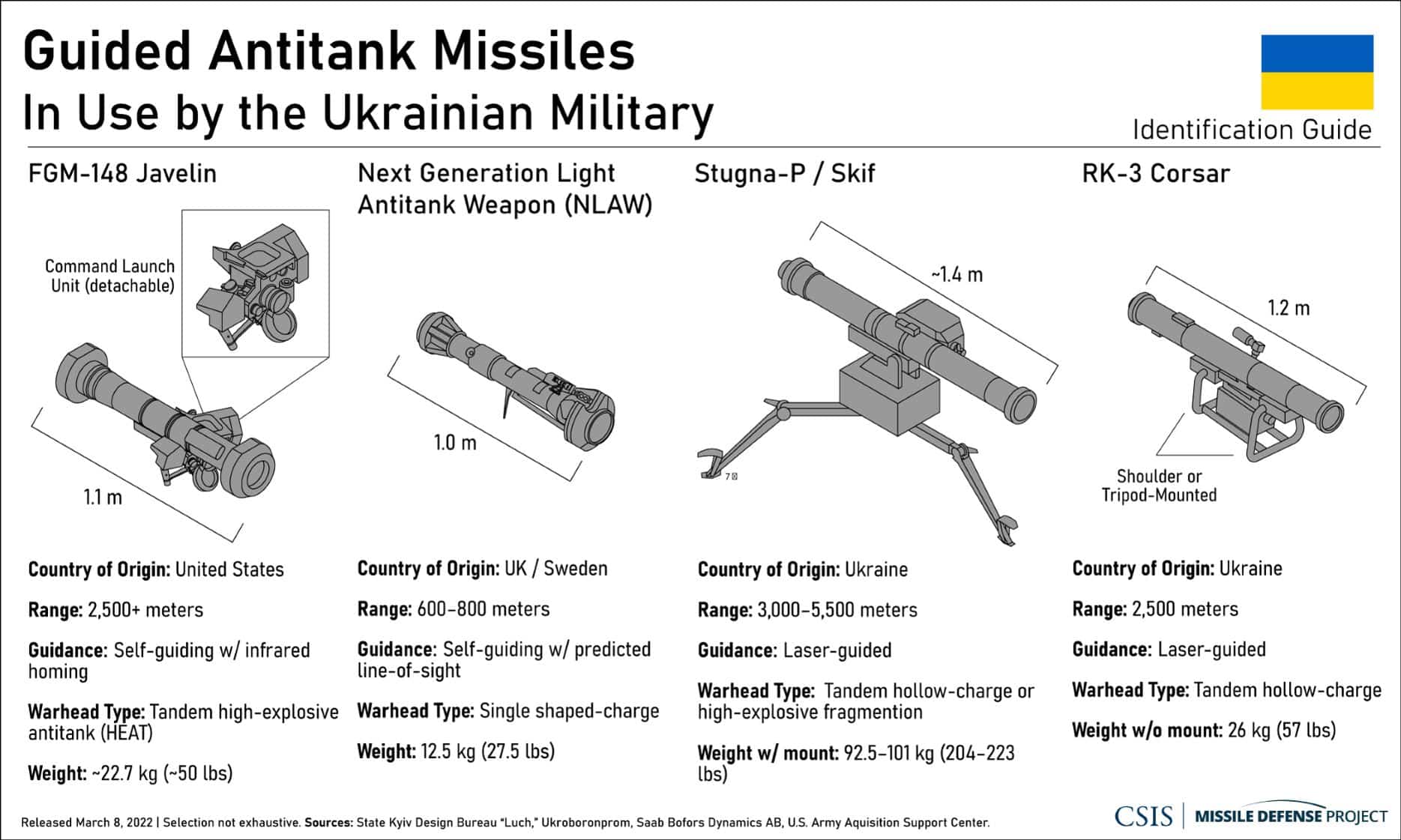
April 19, 2017
These graphics display the missile activity and capabilities of countries around the globe, including missile ranges, missile testing patterns, and more. All images are free use with citation to the CSIS Missile Defense Project.
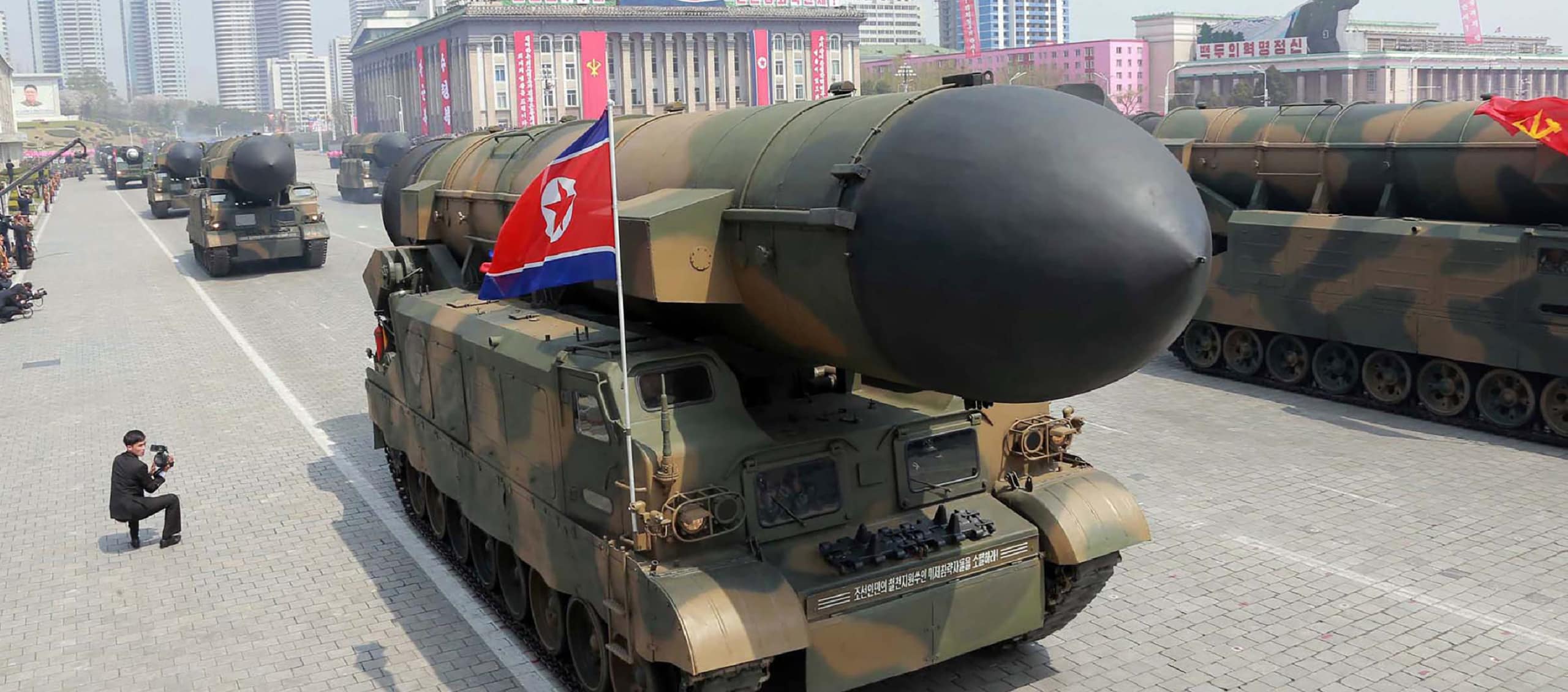
April 17, 2017
This past weekend, North Korea conducted a major military parade, an annual affair to commemorate the birth of Kim Il-sung. The event included the conspicuous display of many missiles and artillery pieces, which together demonstrate the nation’s firm intent to develop new and longer-range capabilities, as well as its overall reliance upon such military forces....
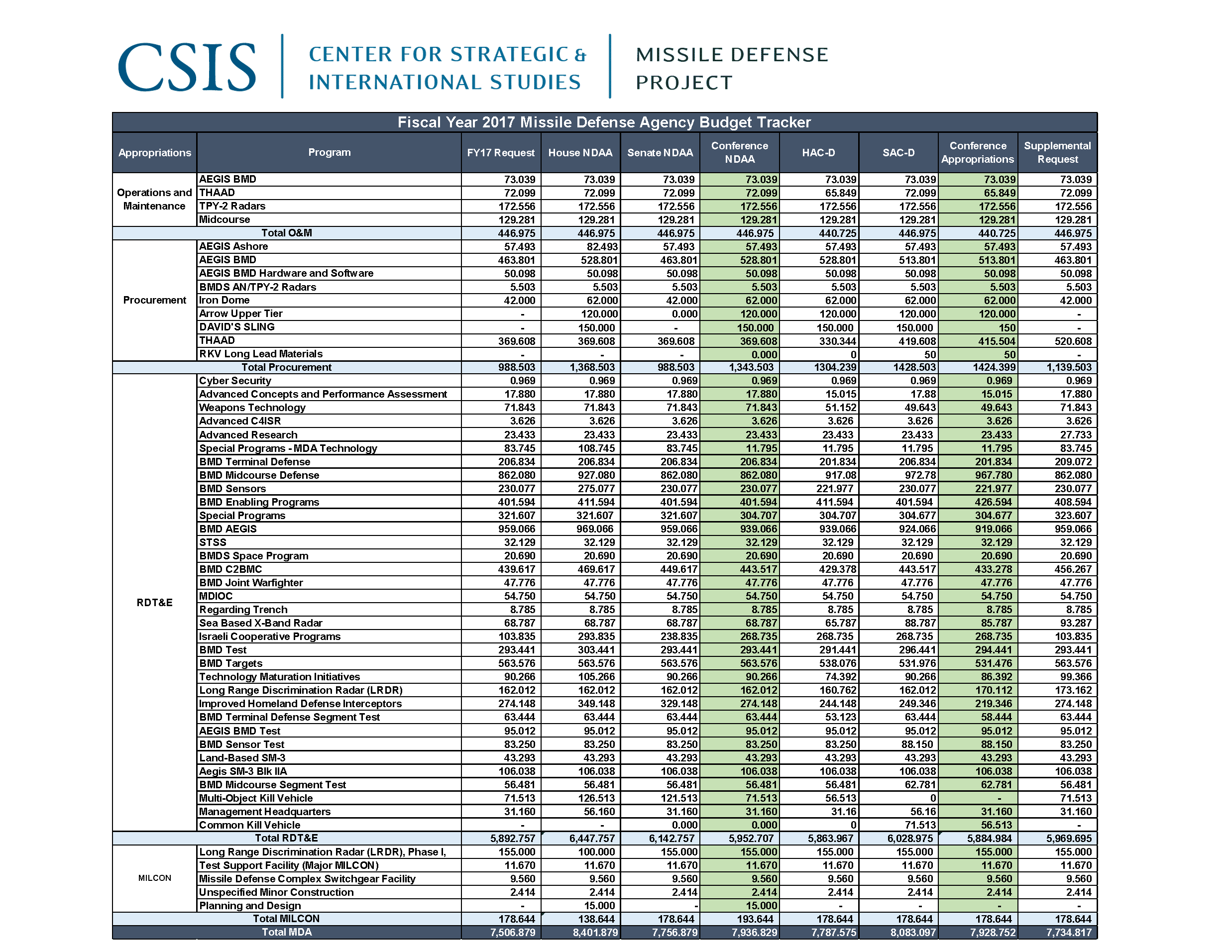
March 29, 2017
This chart shows the Missile Defense Agency budget movements made by each committee in both the House and Senate. The green highlighted columns show the final totals of the authorization and appropriations acts. Ultimately, the appropriations bill sets the final total for Missile Defense Agency spending in fiscal year 2017. The final column shows the...

January 3, 2017
This interactive feature is archived. It was published and last updated in January 2017. Among the concerns of the NATO alliance in the post-Crimea era is the increase in Russia’s anti-access area denial (A2AD) capabilities. A2AD forces are classified as those that contribute to denying an adversary’s forces access to a particular region or otherwise...








